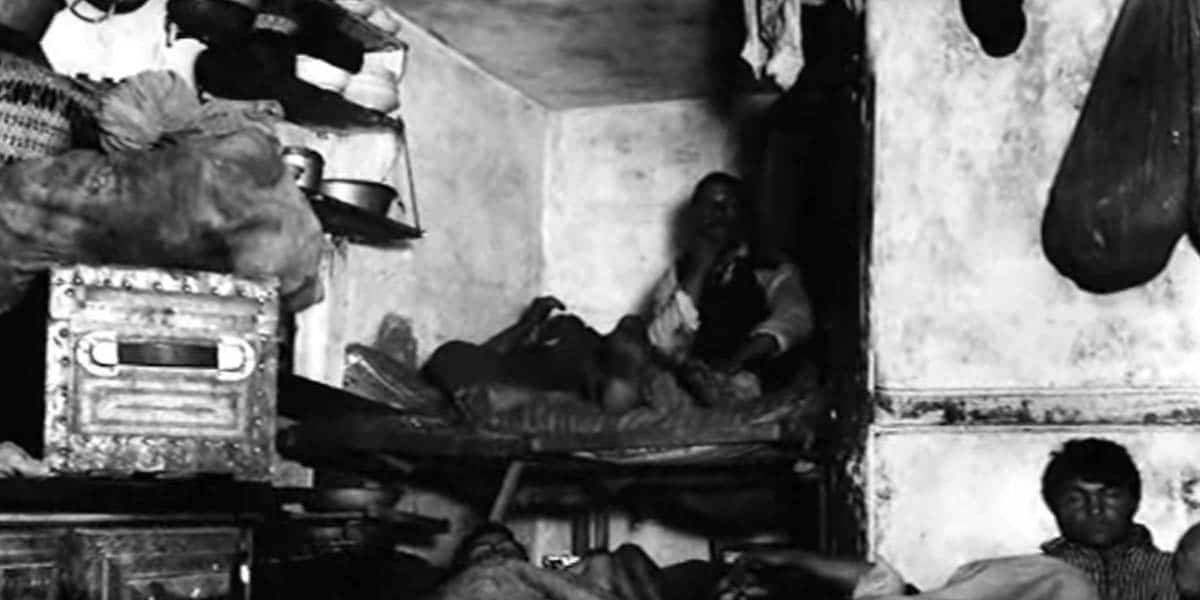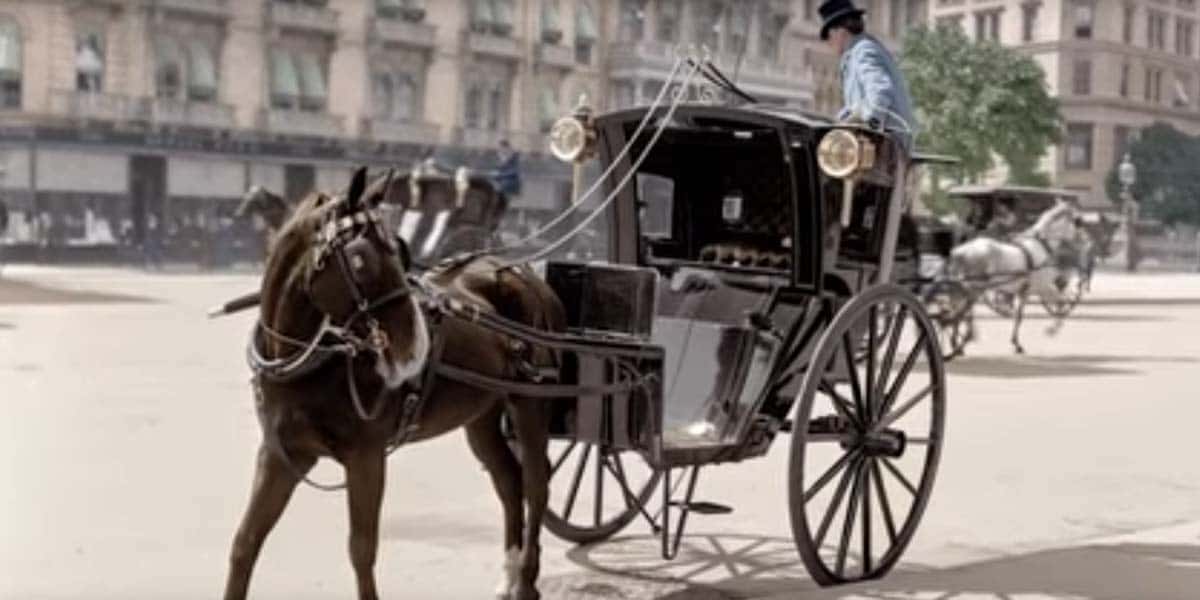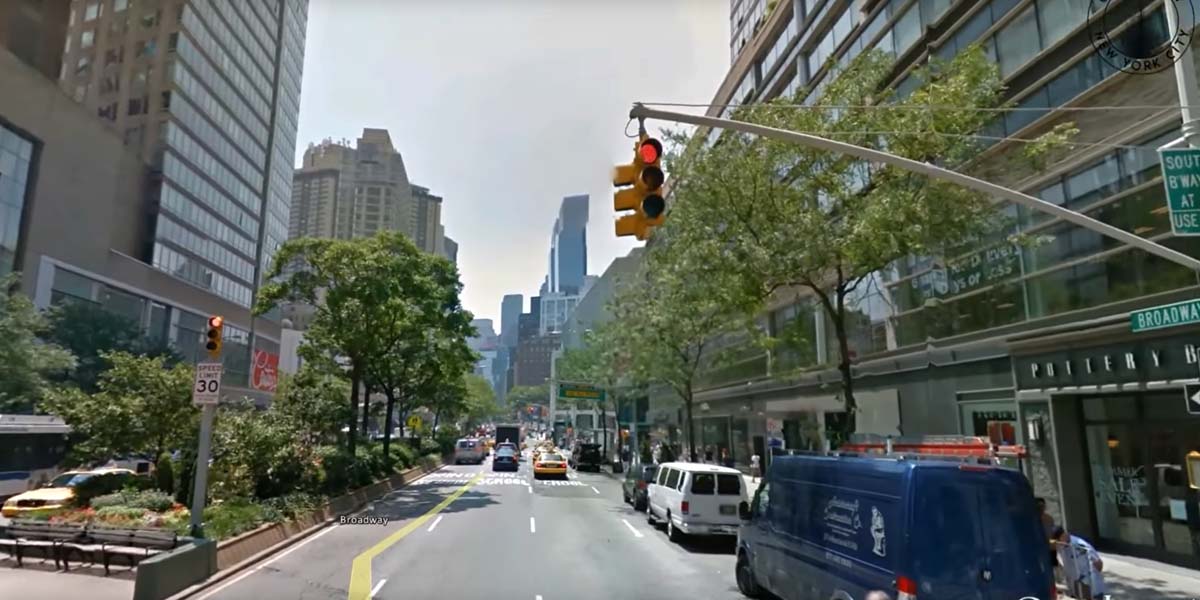The history of New York NY dates back 10,000 BC when the first Native Americans arrived in the area. The first natives who occupied this city were Iroquoian and the Algonquian. Their main economic activity was fishing, thanks to the presence of rivers Delaware and Hudson. The fertile soils between these rivers enhanced crop farming. The Europeans started exploring New York at the beginning of the 16th century, but they only started settling here as from 1924. In that year, at 30 families from Dutch West India Company were sent to live in Nutten Island ( the today’s Governor’s Island) and they named the place New Amsterdam.
Two years later (1926) the governor who was in charge of the area purchased large tracts of land in Manhattan from the natives. At the time of the acquisition, less than 300 people were living in New Amsterdam. The population shifted to Manhattan, and there was a rapid growth in the number of settlers. By 1760, New York’s population was around 18,000 making it the second largest city after Boston. As per now, New York has a population of over 8 million people who occupy its five boroughs. The high population and concurrent development of infrastructure have positioned New York among the best cities in the world.
18th Century New York

19th Century New York
In 1664, the British took over New Amsterdam from the Dutch, and they renamed it New York City. From that year, a population explosion started to be experienced in the region. Immigrants from European countries such as France Germany and England infiltrated the city. African slaves were also shipped to the area. Between the period of the 1960s and 1970s, New York became the epicenter of anti- British activities. Massive riots were experienced in the area after the British Parliament passed the Stamp Act in 1765. Due to the strategic importance of the city, the British seized it just after the breakout of the Revolutionary War.
19th Century

To counter the infrastructural and population growth, “The Commissioner’s Plan” was established. It provided a framework for the development of orderly streets and avenues in some areas of Manhattan. The construction of Croton Aqueduct began in 1837, and it provided clean water for the population. In 1845, New York City Police Department was established.
Social Aspect
The increasing number of migrants from different countries in Europe changed the social aspect of the city. The communities started forming trade unions and political organizations to take care of the interests of the population. Churches and social clubs were built, and the citizens converged here for social and political reasons.
20th Century New York City

The New Millenium New York City
The current face of New York City is because of everything that took place in the 20th century. In 1985, the residents of the then independent cities; Brooklyn, Bronx, Staten Island, and Queens voted to be enjoined with Manhattan. This gave birth to a bigger, well developed and more populous New York. The growth was slowed down by World War II, but soon after the war, there was a massive development of suburbs and interstate highways. These moves saw a good percentage of the population move away from the city. The existing laws made it possible for immigrants to come into the country and New York experienced the impact of this immigration. Immigrants from Africa, Asia, and Latin America flocked to the city.
The New Millenium New York City
The vibrant life of NYC suffered a major setback on September 11, 2001, when the worst terrorist attack hit the city. The twin towers of World Trade Center were hit by two hijacked plane. The aftermath was massive loss of lives and destruction of property. The city has managed to recover from the attack, and it is now the tourist and financial capital of the nation. The city has a diverse and culture as most of the New Yorkers were born out of the United States



